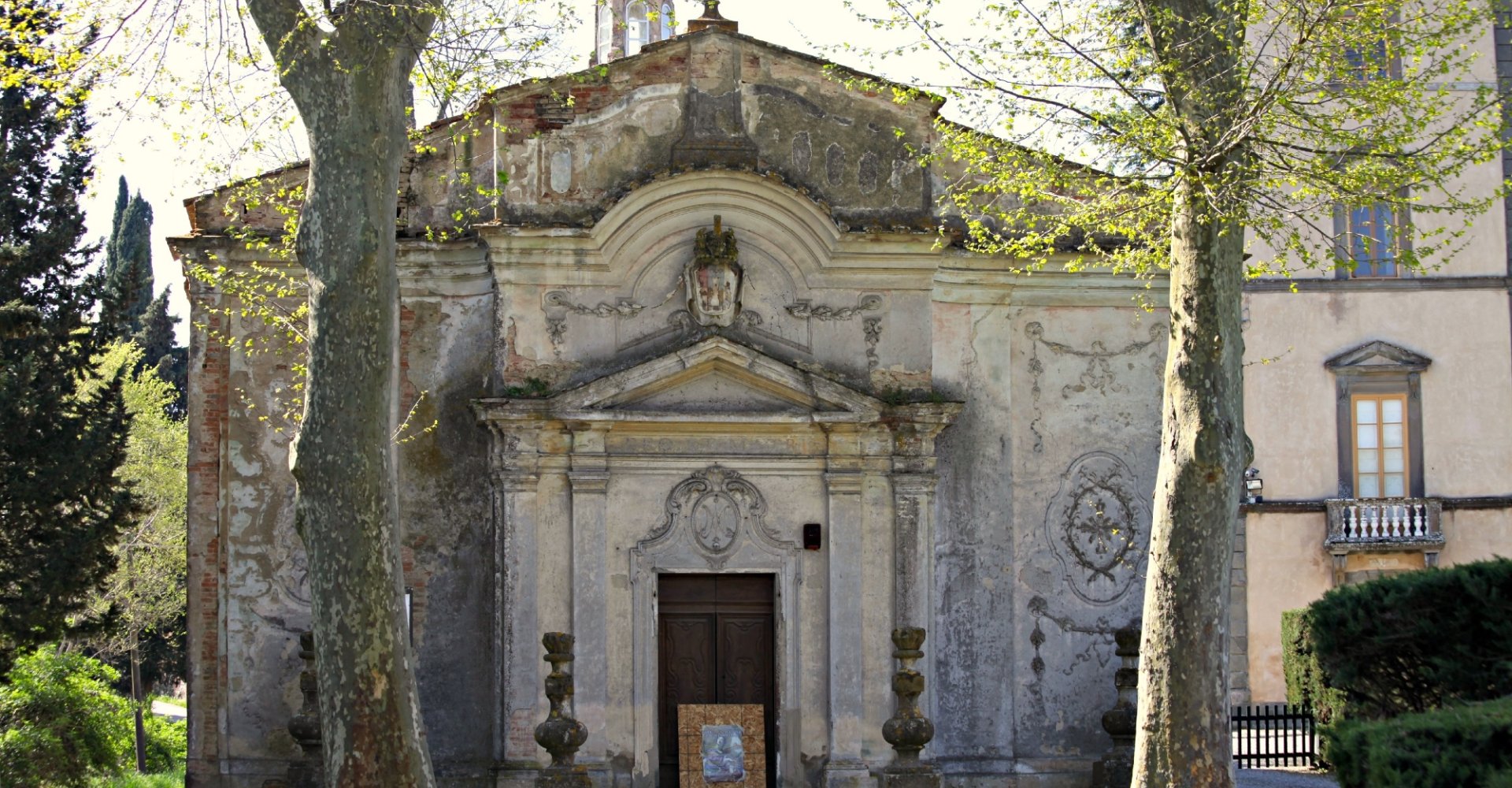Of all the most important villas here, perhaps the crème de la crème would be Villa Belvedere, which commands a panoramic position just above its English garden and lemon-grove. Also worth mentioning are Villa Corsini Valdisonzi, Villa Il Poggio and the Carlo Pepi museum-villa, which belonged to the famous art critic who gave it its name. This latter villa is open to the public, who can enjoy its rich collection of contemporary art.
One curious but centuries-old tradition of the village is owl-raising: owls were customarily bred here to hunt larks. The owl has always been a symbol of local folklore, and the village celebrates it with a festival in September.
The old medieval castle complex of Lorenzana, meanwhile, has over the centuries grown into a little village, one that preserves a typical rural Tuscan aspect. Its position offers a view of the Livornese hills in profile. The main local points of interest include the church of San Bartolomeo and San Cristoforo, and next to that the old Palazzo dei Lorenzi, which housed Florentine delegates during the period when Lorenzana was governed by Florence.
Venturing a little way out of this Pisan hilltown, you will find the beautiful farmhouse-villa of the Conti Giuli and the Villa Sforni, with an annexed church in the Romanesque style. Colle Alberti and Vicchio are two ancient hamlets on the hillslopes, both of which are worth a visit for the gentle landscapes that surround them.
